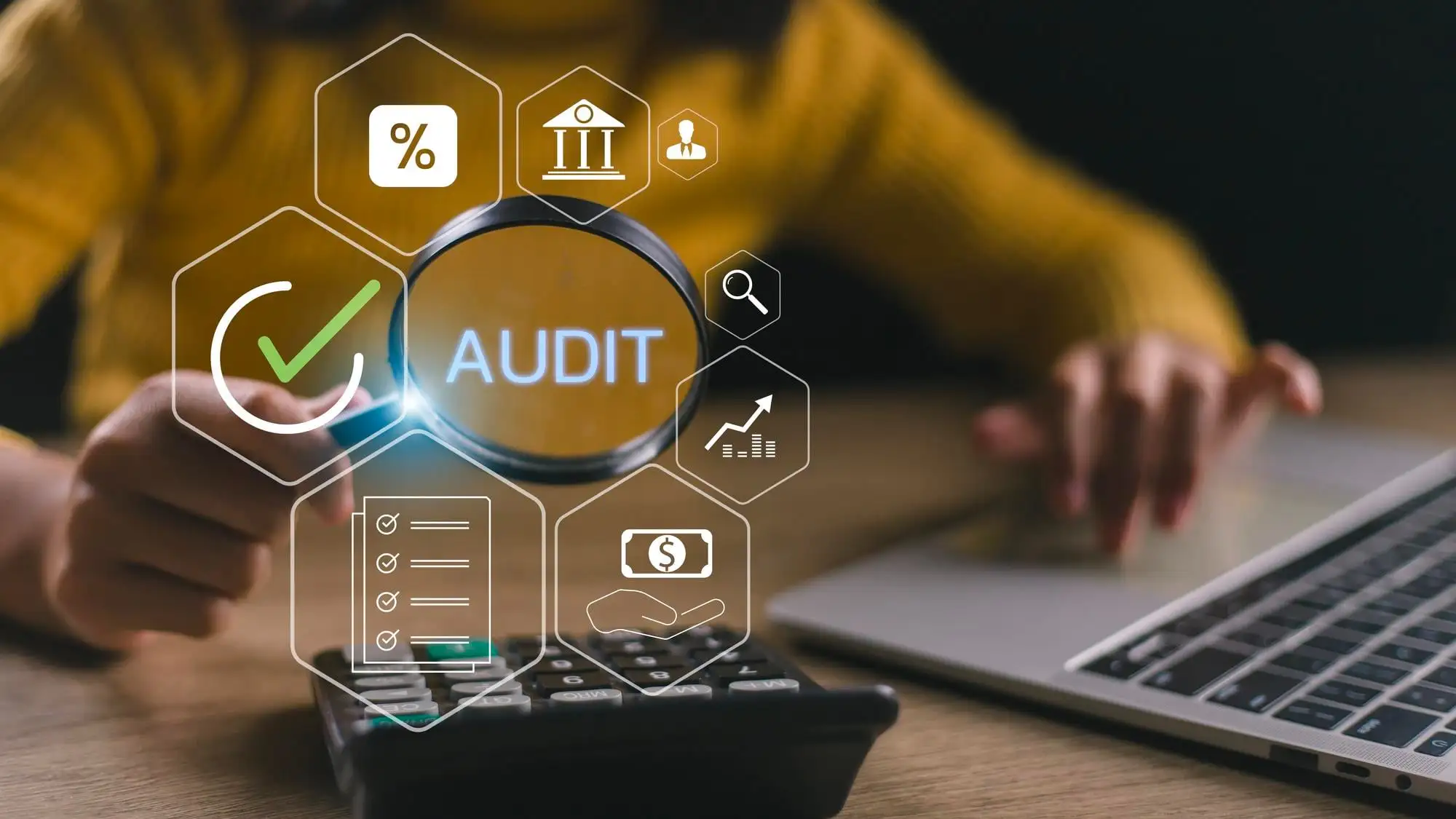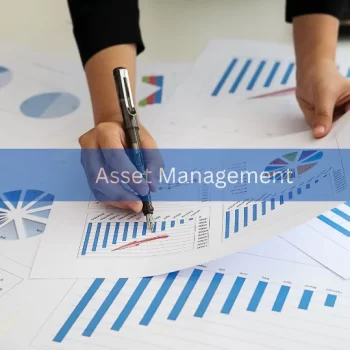IT assets anchor every modern enterprise, from laptops and servers to cloud licenses and IoT devices. Tracking ownership, usage, and compliance requires structured oversight. IT Asset Audits approaches dominate the oversight: internal audits conducted by in-house teams and external audits managed by independent auditors.
Knowing the difference between internal and external audit processes enables organizations to easily optimize visibility, meet governance mandates, and align financial reporting with operational accuracy.
Related blog: Leveraging ITSM for Compliance and Audits
Understanding the Differences: Internal and External IT Asset Audits
An IT asset audit validates the existence, status, and usage of physical and digital assets. It compares recorded data with ground-level reality to ensure accurate inventory, optimized spend, and regulatory adherence.
The difference between internal and external audit lies in control and intent. Internal audits are executed internally by the organization’s own audit or compliance department. Generally, it focuses on continuous improvement. On the other hand, external audits are done independent third parties, who must ensure objectivity and regulatory assurance.
Internal teams verify asset tracking, disposal, and lifecycle controls, while external auditors assess governance frameworks and financial transparency. Both converge on a shared objective, which is to ensure assets are accounted for, compliant, and generating measurable value.
Why IT Asset Audit Is Critical To Governance
An IT asset audit validates each asset’s status within the configuration and ownership chain. It ensures accountability across hardware, software, and licensing while reducing risks of compliance penalties or redundant purchases.
A well-executed IT asset audit supports cost optimization, risk control, and decision accuracy by connecting every device or license to a verifiable data point. With modern asset tracking software, IT teams can trace each asset’s lifecycle across procurement, deployment, and decommissioning.
Audits conducted periodically lead to higher operational discipline. They identify gaps such as underutilized servers, expired licenses, and unauthorized endpoints, all of which influence budget efficiency and cyber hygiene.

Internal Audits: Continuous Control From Within
Internal audits focus on maintaining control across the asset ecosystem. They aim to detect inconsistencies before they escalate into compliance or financial exposure.
Key Benefits
- Continuous monitoring across business units and regions
- Immediate corrective actions after detecting anomalies
- Stronger asset accountability within internal processes
- Improved data quality in configuration and financial systems
- Faster turnaround time using integrated audit tools
Internal auditors collaborate closely with IT operations, finance, and procurement. By combining insights from hardware and software inventories, they enable unified views across departments.
External Audits: Objective Validation for Compliance
External auditors offer impartial assessment of asset health, compliance, and valuation. They operate under global standards such as ISO 19770 or SOX guidelines, ensuring enterprises align internal practices with external expectations.
Key Advantages
- Independent validation for stakeholders and regulators
- Credible certification of IT asset valuation
- Identification of audit trails for financial reporting
- Enhanced investor confidence through transparency
- Assurance that policies align with industry benchmarks
The external process emphasizes verification of asset ownership and depreciation consistency. Advanced fixed asset management software enables seamless data sharing between enterprises and auditors through centralized logs and immutable records.
Comparing Internal and External Asset Audit Processes
| Internal IT Asset Audit | External IT Asset Audit | |
| Objective | Process improvement and risk mitigation | Regulatory assurance and independent validation |
| Frequency | Regular, periodic, or continuous | Annual or event-based |
| Stakeholders | Internal audit teams, IT ops, finance | Third-party auditors, regulators |
| Control Level | Managed by organization | Managed by external entity |
| Output | Actionable insights and recommendations | Certified compliance and reports |

Modernizing Asset Audits with Technology
The scale of digital infrastructure makes manual audits obsolete. Intelligent automation now drives asset audits, combining AI discovery, rule-based verification, and real-time data correlation.
Modern asset audits deploy capabilities like:
- Automated asset discovery and classification
- Integration with ITSM and financial systems
- Instant reconciliation of missing or retired devices
- Role-based dashboards for auditors and compliance leads
- Predictive alerts for asset lifecycle deviations
For instance, Infraon Assets unifies these features under one interface. This transition turns audits into strategic intelligence rather than administrative effort.
Establishing Asset Audit Readiness across Teams
Audit readiness ensures that every asset record remains verifiable at any point. Enterprises can establish readiness by:
- Maintaining real-time inventories through integrated databases
- Synchronizing IT, finance, and procurement data streams
- Applying automated alerts for license renewals and depreciation schedules
- Conducting mock audits to validate reporting accuracy
- Using analytics to forecast compliance risk zones
Readiness depends on governance maturity. The tighter the control across data sources, the smoother internal and external audits perform.

Conclusion
Internal and external audits represent two perspectives of a unified objective, meaning accurate visibility and accountability across the IT ecosystem. The difference between internal and external audit approaches lies in responsibility: internal audits strengthen controls from within, while external audits validate compliance for stakeholders. Together, they create a feedback loop that sustains operational reliability and compliance trust.
Each IT asset audit builds a data foundation that supports forecasting, budgeting, and lifecycle management. When augmented by automation and AI-driven insights, audits evolve from compliance checks into continuous performance evaluation tools.
Strengthen IT Asset Control with Infraon Assets
Infraon Assets is an AI-powered software that streamlines internal and external asset audits through automated verification, discovery, and reconciliation. It integrates seamlessly with fixed asset management software and asset tracking software, ensuring end-to-end visibility across every asset’s lifecycle.
Infraon Assets empowers IT, finance, and compliance teams to bring together audit workflows, accelerate validation, and strengthen governance. For expert guidance, contact marketing@infraon.io.
Related blog: Fixed Asset Audit: Best Practices and Procedures
FAQs
1. How do internal and external audits differ in IT asset management?
Internal audits are managed by in-house teams that evaluate asset processes for consistency and accuracy. External audits are carried out by independent experts who assess compliance and deliver objective validation of asset practices.
2. How often should IT asset audits be performed?
Internal audits can occur quarterly or biannually, while external audits usually align with annual compliance or financial cycles.
3. Why are asset audits important for IT departments?
They ensure accurate tracking, prevent asset loss, and verify compliance with software licenses and regulatory mandates.
4. How can technology improve IT asset audit outcomes?
Automated asset verification, discovery tools, and integrated platforms like Infraon Assets reduce manual errors and accelerate reconciliation.
5. What makes Infraon Assets suitable for both audit types?
Its unified dashboard supports real-time visibility, automated verification, and audit-ready reporting for internal and external teams alike.


















